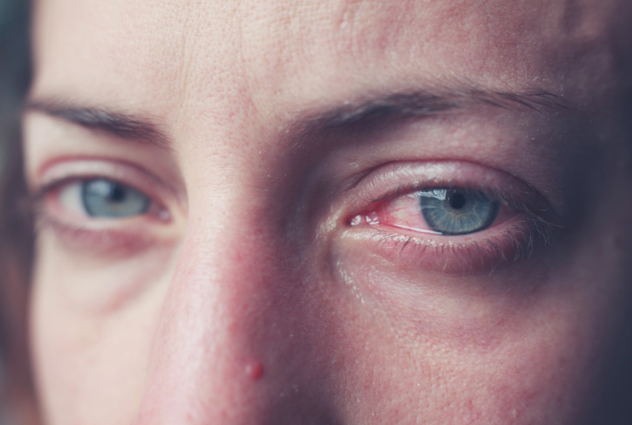Causes of Red Eyes and How to Treat Them
- Yellow Pages Admin

- Jun 9
- 3 min read

Red eyes can result from various factors, ranging from minor irritations to underlying health conditions such as allergies, dryness, or infections. Understanding the causes and symptoms, along with the red eye treatment options, including eye drops, lifestyle adjustments, and medical interventions, can help individuals in Windsor and Tecumseh manage this issue effectively.
Contact our team at Bellemore Optometry today for reliable red eye treatment.
Common Causes of Red Eyes
Here are the common causes of red eyes:
● Allergies
Allergic reactions to pollen, dust, pet dander, or mould can cause eye inflammation. This condition, known as allergic conjunctivitis, often leads to redness, itching, and watering.
● Dry eye syndrome
Insufficient tear production or poor tear quality can result in dryness, which can lead to redness, irritation, and a burning sensation.
● Infections
● Conjunctivitis (pink eye): Viral, bacterial, or allergic conjunctivitis can cause redness, discharge, and discomfort.
● Keratitis: Inflammation of the cornea, often caused by infection, can result in red eyes and sensitivity to light.
● Eye strain
Prolonged screen time, reading in poor lighting, or focusing on a single task for extended periods can cause eye redness and fatigue.
● Contact lens use
Wearing contact lenses for extended hours, improper cleaning, or using expired lenses may contribute to irritation and redness.
● Environmental factors
Exposure to smoke, pollution, chemicals, or wind can lead to eye redness and discomfort.
● Underlying health conditions
● Glaucoma: Increased pressure in the eye may cause redness and vision disturbances.
● Uveitis: Inflammation of the eye's middle layer can lead to redness, pain, and blurred vision.
Treatment Options for Red Eyes:
Determine the cause of red eye before treating:
It is strongly recommended to consult an optometrist to diagnose the underlying cause of the red eye and to ensure proper treatment based on the diagnosis.
Your optometrist will use a slit lamp biomicroscope to provide a magnified and detailed view of the eye. This is a painless test using bright light to see the eye in great detail. There are times when a diagnostic yellow dye, called fluorescein, is used to determine if there is damage or ulceration to the cornea. This yellow dye is painless and fluoresces under blue light. It will wash away quickly with your natural tears.
Corneal ulcers from bacteria, fungus, acanthamoeba and viruses like herpes simplex keratitis require urgent attention. Conditions such as iritis and uveitis can cause red eyes and require immediate and aggressive therapy with drops. These conditions can rapidly cause vision-threatening and permanent damage to the eye and can be overlooked for conjunctivitis or dry eyes. Many serious eye conditions are painless and can be easily ignored until the vision is reduced.
Treatment options for red eye:
Antibiotic drops for corneal ulcers and many types of conjunctivitis. These will be prescribed by your optometrist and you will be followed until the infection or ulcer has cleared.
Oral antibiotics for some viral and other serious causes of red eye.
Corticosteroid drops for iritis and uveitis with follow-up appointments to monitor healing and side effects from medications.
Antihistamine and mast stabilizing drops for allergic conjunctivitis and cold compresses for comfort. Preservative-free artificial tears to remove allergens when allergies are mild.
There are many treatments for dry eyes as this tends to be a chronic condition. Preservative-free lubricating drops, ocular ointments and gels at bedtime for severe cases, warm compresses to activate meibomian glands and environmental modifications are common treatments with many more for severe dry eyes. Consult your optometrist or an optometrist who treats dry eye conditions for the options that are best suited for you.
Consult your optometrist, especially with decreased vision, pain or if you wear contact lenses. Contact lenses increase your risk of damaging and vision-threatening eye infections. An optometrist can accurately diagnose, treat and monitor your red eye.
Choose Bellemore Optometry for Proper Care of Red Eyes
Red eyes can result from various causes, including allergies, infections, environmental factors, and underlying health conditions. Identifying the underlying cause is essential for selecting the appropriate treatment and preventing further complications.
Seeking professional care from an eye specialist can help determine the root cause and provide targeted treatment. If you are a resident of Windsor and Tecumseh, contact our healthcare providers at Bellemore Optometry for tailored advice, ensuring optimal eye health and long-term relief.

